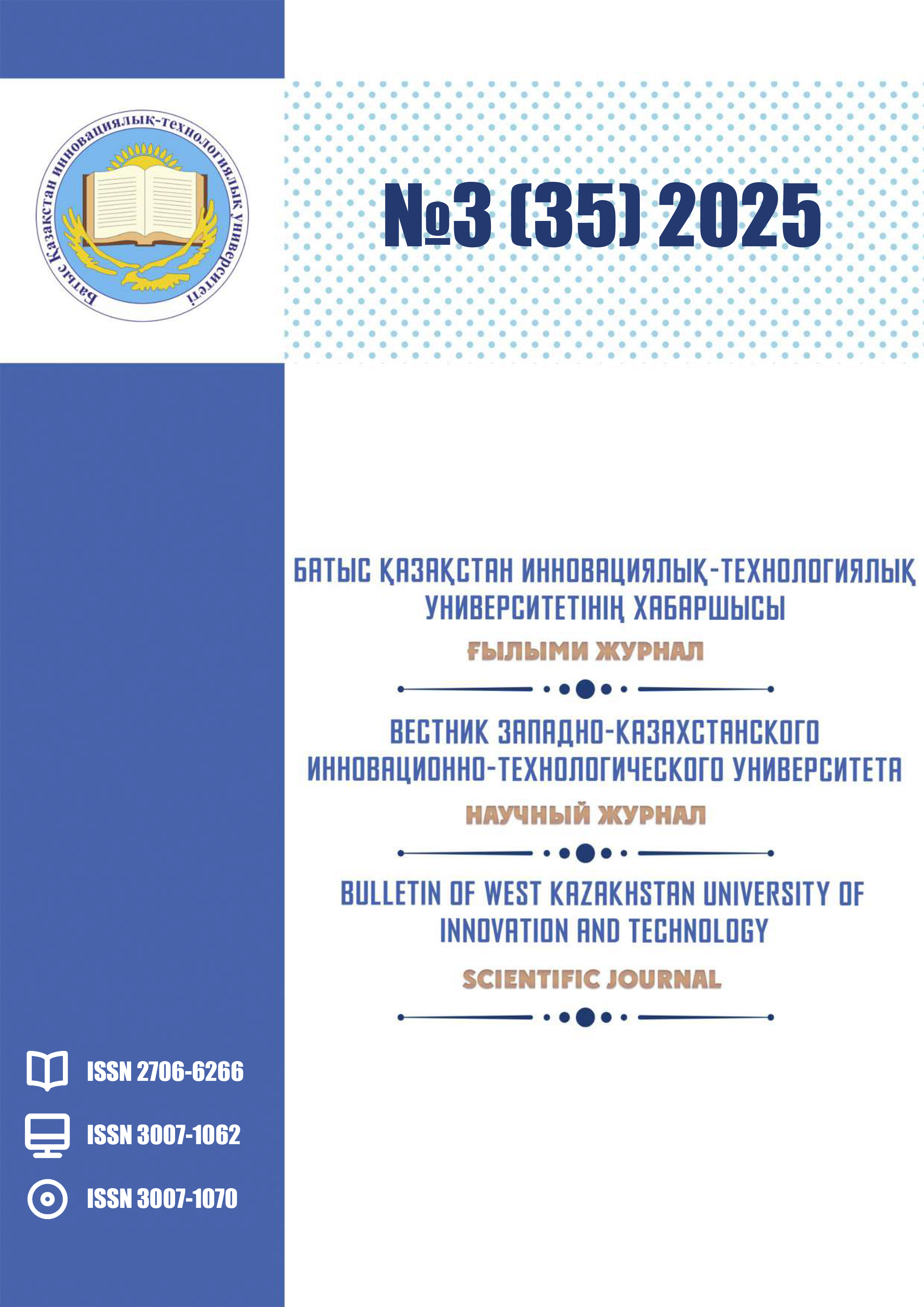METHODS FOR IDENTIFYING AND CORRECTING GAPS IN THE KNOWLEDGE OF SCHOOLCHILDREN
DOI:
https://doi.org/10.62724/202530303Keywords:
Monitoring, diagnostics, academic literacy, quality of education, G.A.Russkikh’s methodology, identification and analysis of gaps, feedback.Abstract
The article deals with the problem of the influence of communication in social networks on the self-esteem of adolescents. The constant dependence on the phone and computer during Distance Learning has shown that it is harmful to both health and understanding. Young people were more isolated from society, that is cause to break off relations with relatives, to be insecure, to lose time and have a greater tendency to diseases such as scoliosis, back and nervous system. In addition, the penetration of slang and slang words into our language violates the purity of language and makes it difficult.
Of course, it is known that the internet has many advantages. In this regard, the article deals with the fact that, based on the analysis we carried out, the social networks of the internet have made great changes in the minds and lives of people, in particular adolescents. The internet environment has a unique socio-pedagogical potential, characterized by the following features: accessibility, mobility and efficiency, relative security and anonymity, freedom of expression, a stable means of communication, availability of audio and video, the ability to search and exchange information, etc. It is characterized by the fact that adolescents on the internet are able to actively influence both positive and negative potentials in the process of socialization.
The article also considers ways to actively influence the positive and negative potentials of adolescents in the process of socialization on the internet, and presents a program of the selection course "Adequate self-esteem of adolescents and competent communication in social networks".

